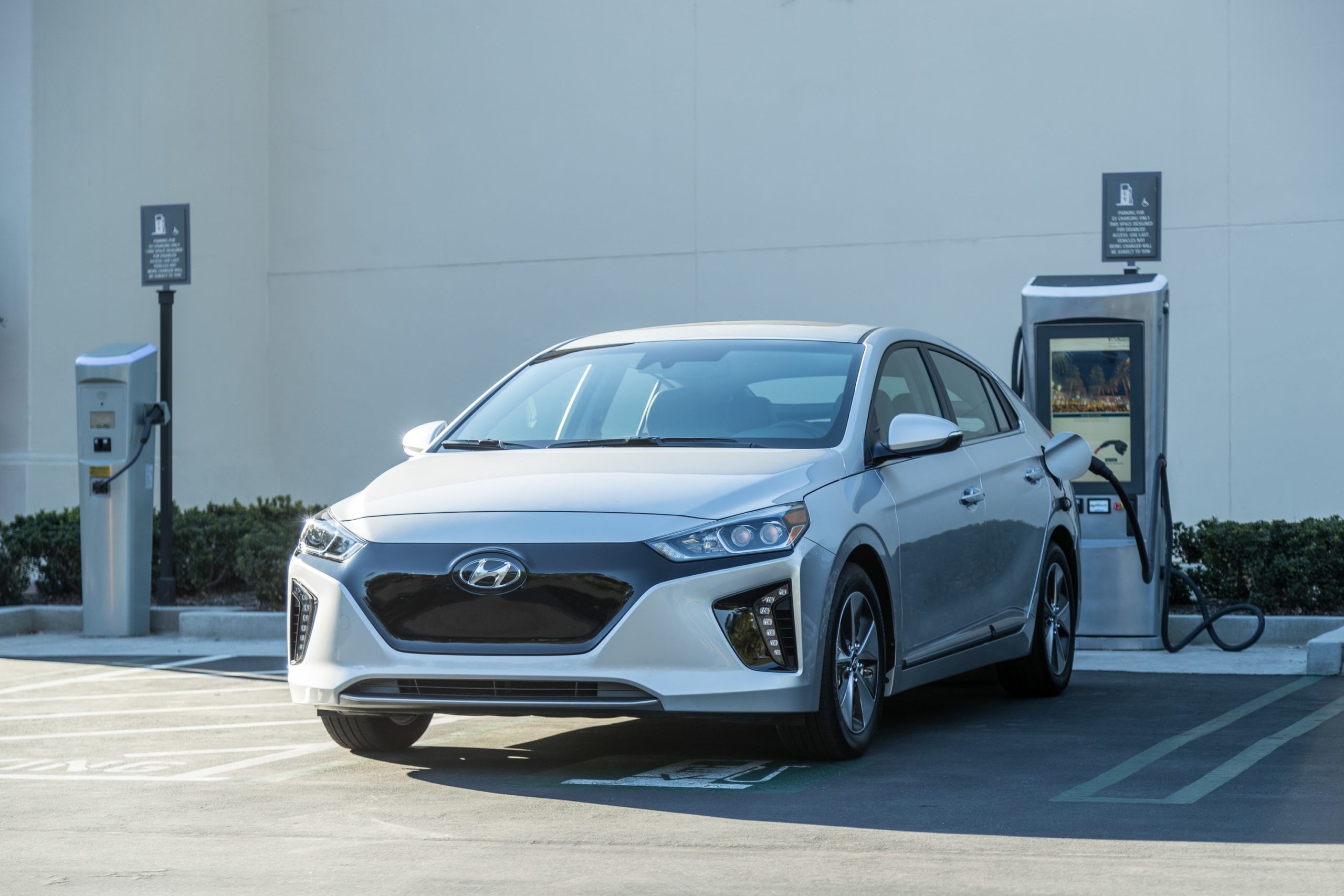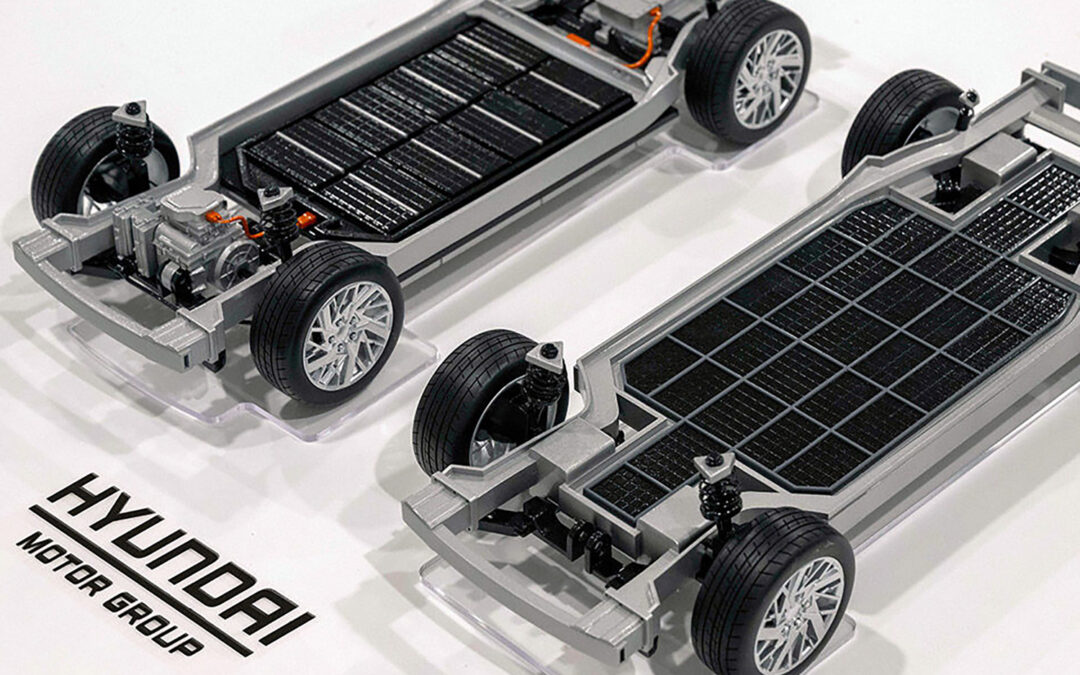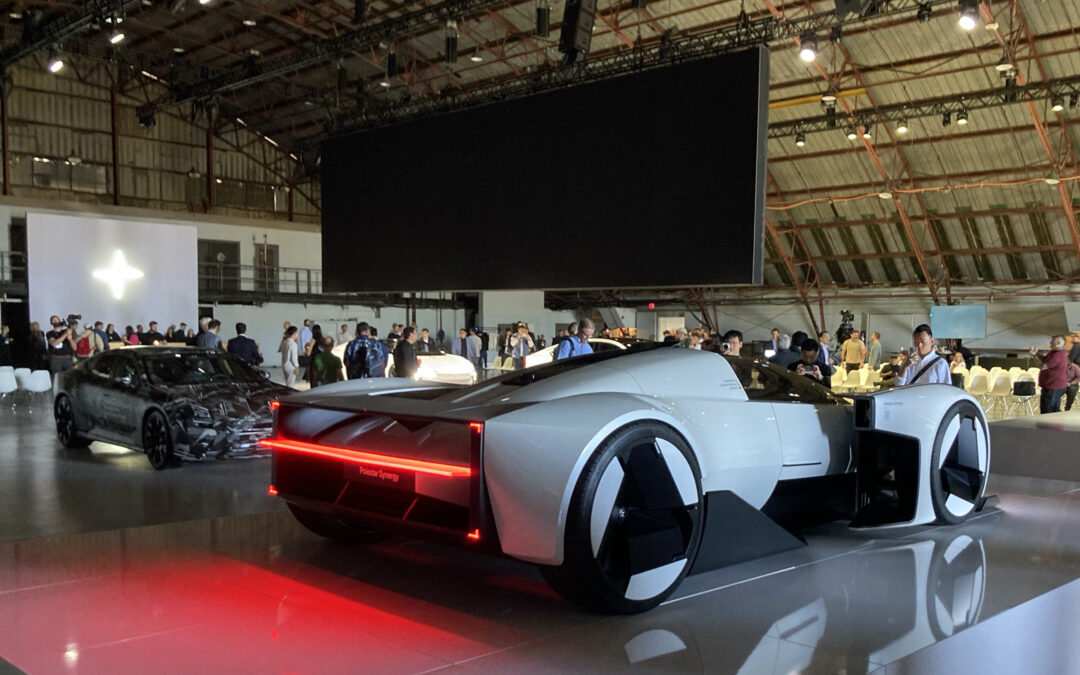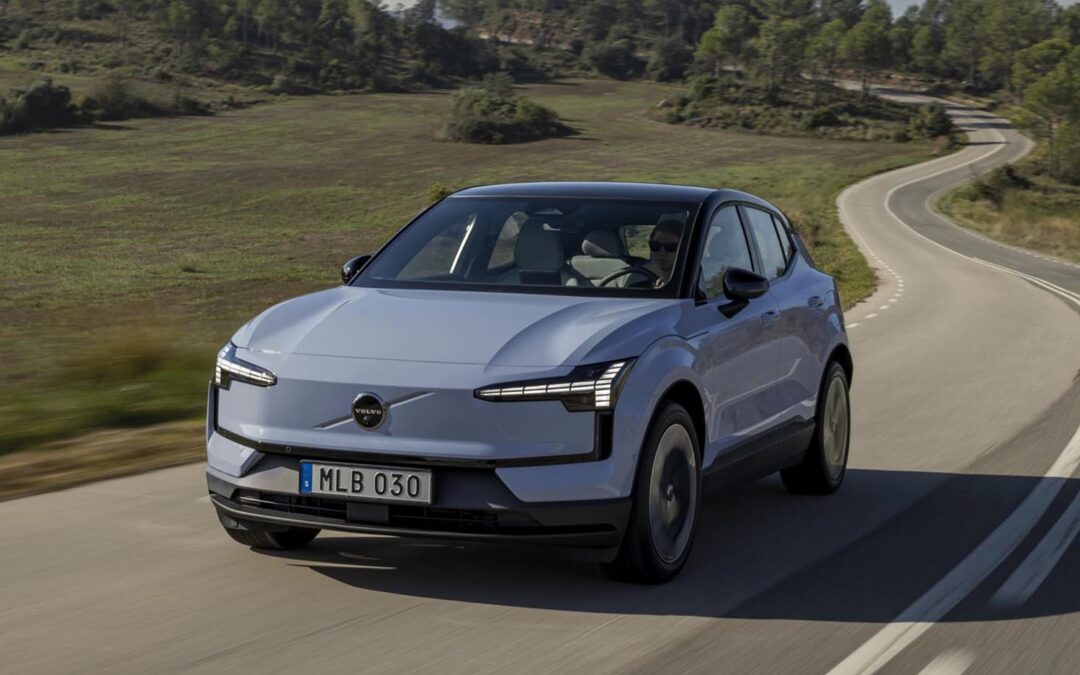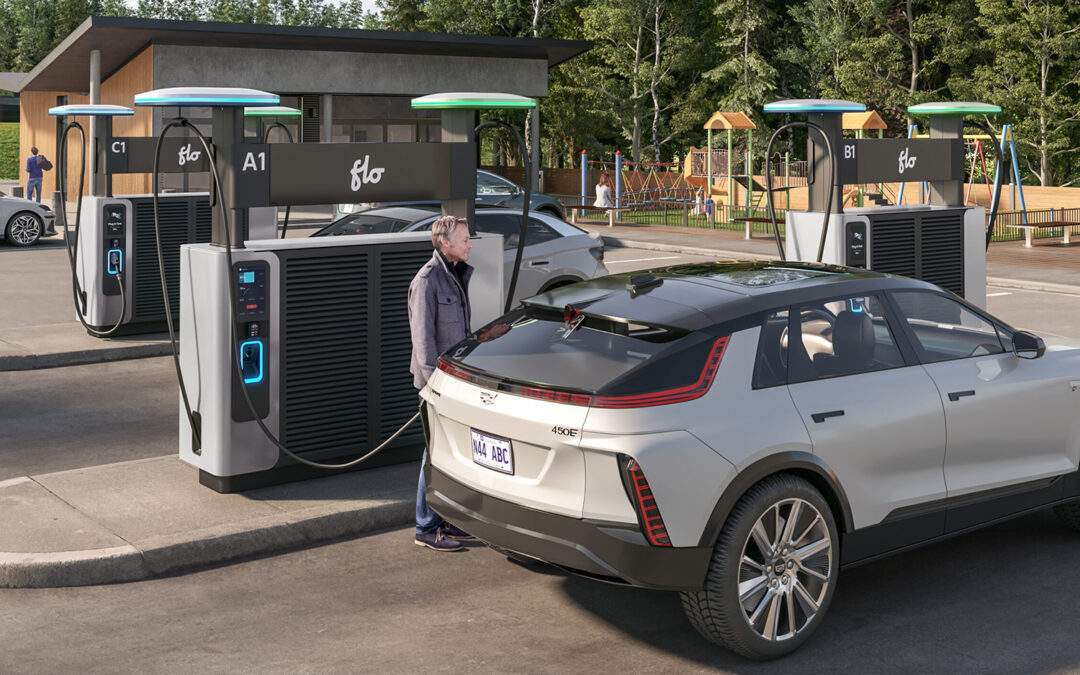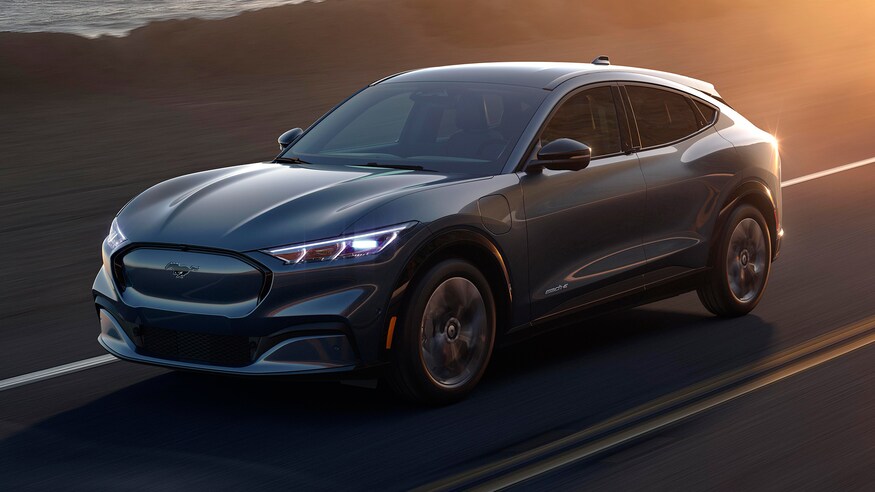Any vehicle purchase is a big decision, considering it would be the second-largest investment behind a home. And there are even more things to consider when purchasing an electric vehicle (EV), such as range and whether you can have a home charging station.
But one of the biggest drawbacks for most consumers is the initial price; an EV can be $10,000 or more over the cost of a comparable gasoline-powered vehicle. That kind of sticker shock can make it hard to justify for a lot of people.
But there’s a bigger picture here that many car buyers don’t consider.
“Most people only think about the purchase price,” says Christian Lanctot. “But how much does it cost to own a car? Total cost of ownership is where EVs shine.”
Lanctot would know first-hand; he leased a then-new Hyundai Ioniq EV in 2018 to replace his 10-year-old Honda Accord for his 50-kilometre commute from his home in Mississauga, Ont., to Markham, Ont. At the time, the province of Ontario had a $14,000 incentive for EV purchases, and Lanctot’s Ioniq worked out to around the same price as a comparable Hyundai Elantra Sport, which has similar options and equipment. While he calls that choice a ‘no-brainer’, he soon saw the upside to driving an EV; in his entire time of ownership, he estimates he’s paid around $512.50 for power.
Lanctot was amazed to find his overall cost of owning the Ioniq was around the same as his used Accord, and far less than the gas-powered, new Elantra Sport found on the same Hyundai lot would have been. “Electricity here at the time was 7.2¢ per kilowatt hour, off peak. I would pay about $21 of electricity per month, compared with around $325 per month in gas I did with the Accord.”
The thing is, the more you drive and the longer you keep an EV, the more you save. That’s what Aaron Brighton, a technology professional from Ajax, Ont., also found after he purchased a Tesla Model 3 Long Range in 2018 to replace a 2008 Ford Fusion he was using for his commute to Toronto. His Tesla came in at $68,000 after taxes with the Ontario rebate, still a higher sum for many people. And yet, Brighton figures the Model 3 is almost the same cost to own as his Fusion, despite that car having been fully paid off.
“For us, with the rebate and the three years of gas savings, our cost is comparable to buying a $45,000 car. And it will only get better the longer we keep it.”
“Essentially, we were spending $400 in gas [per month] with the Ford Fusion, and I was spending at least $1,000 a year in maintenance. So, when you average it out, the Model 3 is still a little more expensive per month, but it’s close. And it’s a much nicer car, it was a new car, and the average monthly costs would be around the same, so it was a no-brainer.”
In the three years of owning the Tesla, Brighton figures he’s spent around $2,300 in electricity, both from home and at Supercharger stations, whereas the Fusion would have used more than $12,600 in gasoline over the same period; that’s a fuel savings of around $10,300.
“For us, with the rebate and the three years of gas savings, our cost is comparable to buying a $45,000 car,” says Brighton. ‘And it will only get better the longer we keep it.”
Lanctot points out that those savings are exponential, depending on the kilometres you drive. “Someone who does 100,000km in a year [think taxis, Uber and Lyft drivers, etc.], those people will see the savings almost instantly. The break-even point will be within months with high kilometres.”
And that’s just the fuel savings; an EV doesn’t need the maintenance an internal combustion engine (ICE) powered car needs, such as oil changes every 6,000km, drive and accessory belt replacements and coolant changes. And considering an ICE powertrain has more than 2,000 moving parts, whereas an EV only has around 20, there’s a lot more to go wrong in a conventional car than with an electric.
“The only service I’ve done is for the brakes, and that was just to clean them,” says Brighton. “I’ve done the tires, of course, had them rotated, but in a little over three years, and 120,000 km, I’ve not had to have any other service.”
There are a few caveats to these savings, however, Of course, incentives vary from province to province, but Ontario no longer offers that $14,000; a federal incentive of $5,000 generally covers vehicles under $45,000. But as more EVs take to the roads, those incentives might be deemed unnecessary at some point, though it’s difficult to say when. Currently, EVs make up about 3 per cent of Canadian car sales, but the Canadian government has set a target of 40 per cent market share by 2030.
As well, with more EVs and fewer gas cars on the roads, governments might feel the pinch of lost taxes at the gas pumps, which amount to billions of dollars in revenue. Saskatchewan already imposes a $150 ‘road use’ tax on EVs, and that could expand to other governments in the future.
But that still doesn’t change the fact that the overall cost of ownership is less expensive for EVs than it is for a comparable gas-powered vehicle, especially as the price of gasoline rises across the country.
“So, sticker price of an electric vehicle is higher, but in five or seven years, it really pays off,” adds Brighton. “And if you’re financing, your monthly cash flow can actually end up better depending on how much you drive due to lower fuel and maintenance costs.
“I know a few people who, as soon as they did the calculations, thought ‘I would be stupid not to do this’. There are some exceptional cases where they’re doing upwards of 100km a day and maybe spending around $500 to $1,000 a month in gas, and at that point your whole car payment is just gas. They’re losing money by not switching.”

